Japan is a country with a rich history and diverse culture, and its festivals are a reflection of that. Whether you’re a traveler or someone interested in Japanese culture, this guide will introduce you to both famous and unique festivals across the country.
The Classics: Japan’s Most Famous Festivals
Gion Matsuri

Originally a festival to appease the spirits causing plagues and natural disasters, the Gion Matsuri has been held since 869. The highlight is the Yamahoko procession on July 17th. The festival was even paused during the civil wars from 1467 to 1477 but later resumed.
- Origin (Start Year): 869
- Duration: Every July for one month
- Location: Various locations in Kyoto, centered around Yasaka Shrine
Jidai Matsuri
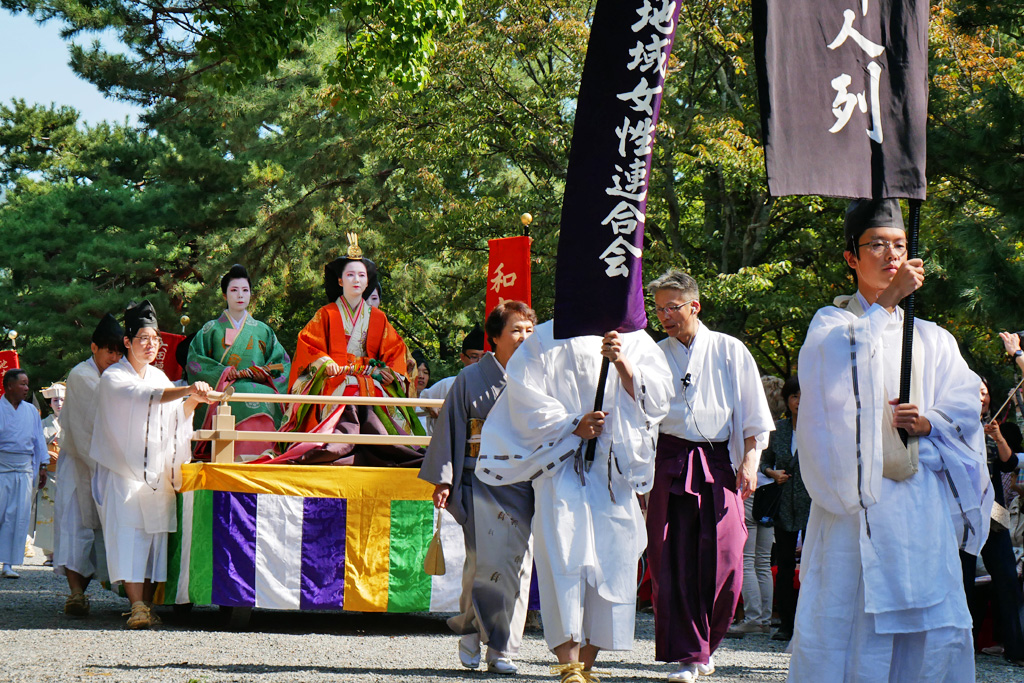
Started in 1895, this festival features a parade of people dressed in costumes from different historical periods in Kyoto. The festival was created with the concept that the emperors enshrined in Heian Shrine would proceed from their residence to the shrine while observing the prosperity of the city.
- Origin (Start Year): 1895
- Duration: Every October 22nd
- Location: Kyoto Imperial Palace
Nebuta Matsuri
This festival is known for its 3D lanterns called “Nebuta,” which are paraded around Aomori city center. The festival attracts around 2 million tourists every year. The origin is believed to be a festival from China that came to Japan during the Nara period.
- Origin (Start Year): Unknown
- Duration: Every year from August 2nd to 7th
- Location: Aomori city center
Kishiwada Danjiri
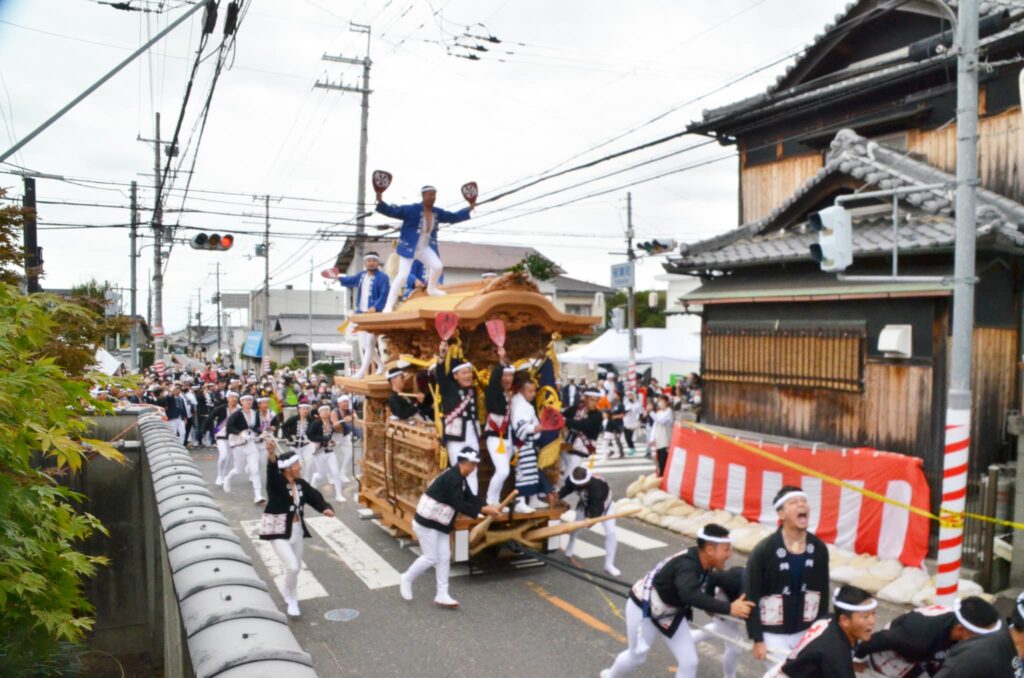
A festival where intricately carved floats called “danjiri” are raced around the area by about 500 people. The festival starts with the “hikidashi” where all the danjiri depart simultaneously towards the Kishiwada Kankan Bayside Mall. The highlight is the “yarimawashi” at Kishiki Shrine where the danjiri race up a slope.
- Origin (Start Year): 1703, believed to have started with the Inari festival
- Duration: Every mid-September
- Location: Kishiwada area, Osaka Prefecture
Hakata Dontaku

Various groups, including companies and schools, form “Dontaku squads” and showcase their dance performances. The festival is believed to have originated from the Hakata Matsubayashi to thank the contributions of Hei Shigemori.
- Origin (Start Year): 1179, based on the “Hakata Matsubayashi”
- Duration: Every May 3rd and 4th
- Location: Fukuoka Prefecture
Karatsu Kunchi
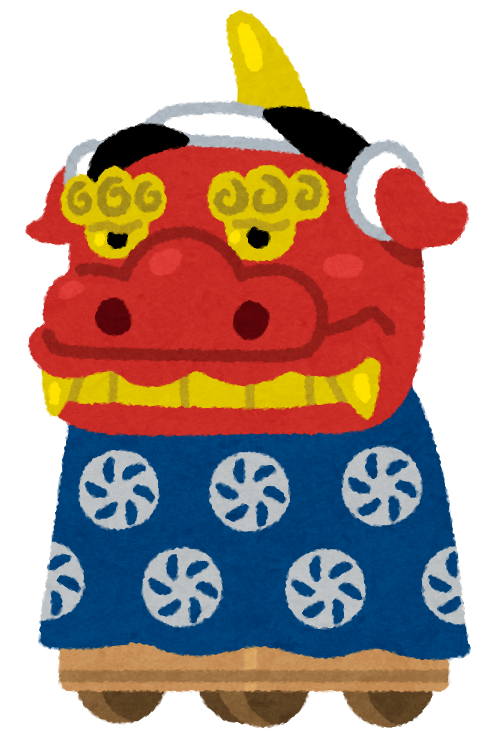
Large floats made of dry lacquer parade around the old castle town of Karatsu to the rhythm of flutes and bells. The festival is believed to have started in the 1600s with the Mikoshi’s divine journey.
- Origin (Start Year): 1600s
- Duration: Every November 2nd to 4th
- Location: Karatsu City, Saga Prefecture
Nagasaki Lantern Festival
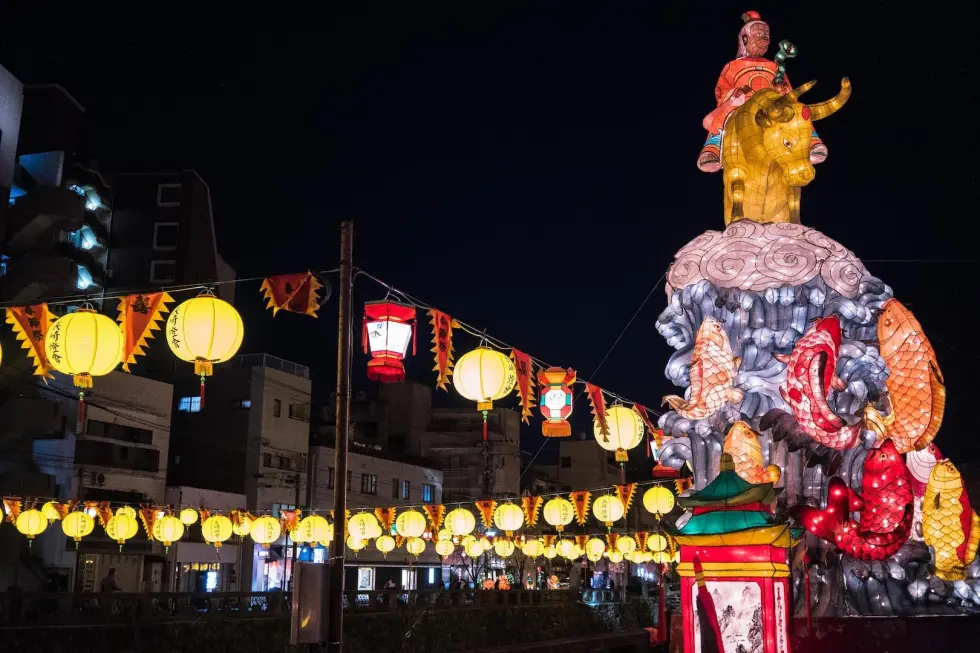
Originating from the Chinese New Year celebrations in Chinatown, the city is adorned with around 15,000 colorful lanterns and large objects depicting animals, Chinese legends, and more.
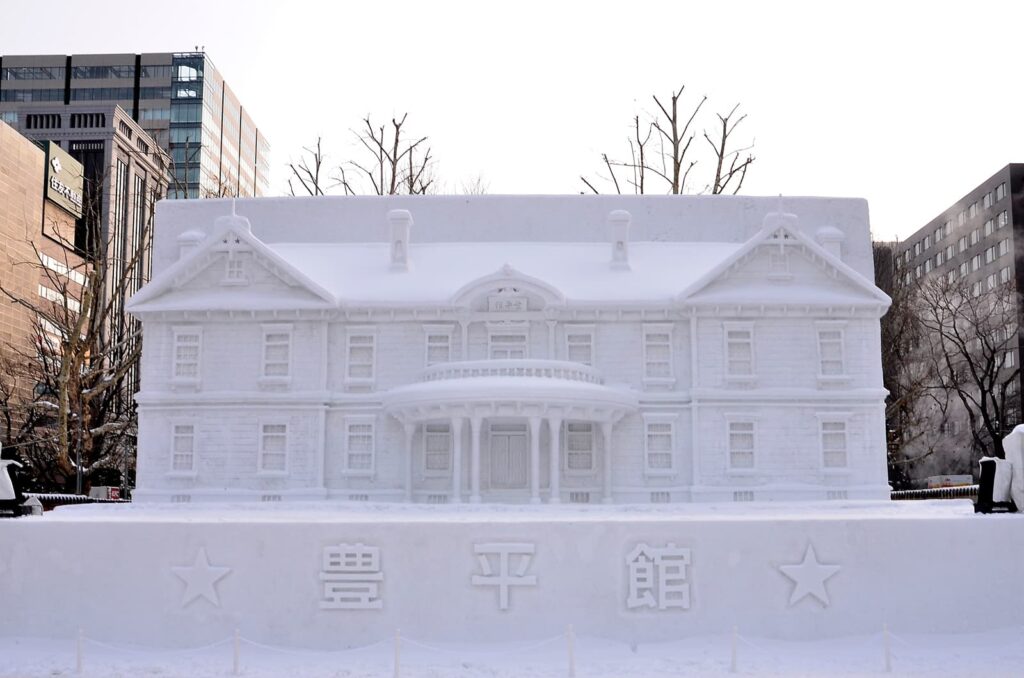
- Origin (Start Year): Unknown
- Duration: Every January to February
- Location: Nagasaki Chinatown and surrounding areas
Sapporo Snow Festival
One of the “Three Great Snow Festivals” in the world, it showcases snow sculptures created by locals, companies, and even the Self-Defense Forces. Some sculptures take up to 5 months to complete.
- Origin (Start Year): Unknown
- Duration: Every February
- Location: Odori Park and Susukino, Sapporo City, Hokkaido
(Additional festivals would follow the same format…)
The Unusual Festivals
Akutai Matsuri
A festival where people insult each other while competing for offerings. Participants dress as Tengu, a mythical creature, and go around 16 shrines offering food while hurling insults at each other. The insults are considered to be a form of purification, and the offerings are believed to bring various blessings like good health and prosperity.
- Origin (Start Year): Unknown
- Duration: One day, usually in January
- Location: Kasama Inari Shrine, Ibaraki Prefecture
Onbashira Matsuri
A festival involving the transportation of massive logs. Logs weighing around 10 tons are manually carried from the mountains to the shrine. The logs are then used as pillars in the shrine. The festival is considered extremely dangerous but is a significant cultural event.
- Origin (Start Year): Over 1,200 years ago
- Duration: Once every seven years, usually in April
- Location: Suwa Taisha Shrine, Nagano Prefecture
Paantu
A festival where mud-covered masked figures chase people. Three figures covered in mud and foliage chase villagers and tourists, smearing them with mud. The mud is considered to have purifying qualities, and the festival is a form of exorcism to drive away evil spirits.
- Origin (Start Year): Unknown
- Duration: Usually in September
- Location: Miyakojima, Okinawa Prefecture
Warai Matsuri
A festival focused on laughter. Participants with faces painted white and the character for “laughter” on their cheeks parade through the town. They encourage people to laugh, believing that laughter drives away evil spirits and brings good fortune.
- Origin (Start Year): Unknown
- Duration: One day, usually in February
- Location: Wakayama Prefecture
Christ Matsuri
A festival to comfort the spirit of Christ. The festival starts with Shinto prayers and includes dances and offerings at the supposed grave of Christ in Japan. The festival blends Christian and Shinto beliefs and is unique to this village.
- Origin (Start Year): Unknown
- Duration: One day, usually in June
- Location: Shingo Village, Aomori Prefecture
Yokkabui
A festival where children are put into bags as a form of discipline. Masked figures go around purifying spectators with bamboo leaves. Misbehaving children are put into large bags as a form of discipline, which is believed to instill good behavior.
- Origin (Start Year): Unknown
- Duration: One day, usually in July
- Location: Kagoshima Prefecture
Himeshima Fox Dance
Known as the “Fox Dance,” this festival is a unique blend of Shinto rituals and local traditions. Participants dress in fox costumes and masks, performing intricate dances to traditional music.
- Origin (Start Year): Unknown
- Duration: Usually held in October
- Location: Himejima Island, Oita Prefecture
Conclusion
Festivals in Japan are more than just celebrations; they’re a window into the country’s rich history and diverse culture. So, if you’re planning your next trip to Japan, why not align it with one of these incredible festivals?
Further Reading and Resources
- For more information on the Gion Matsuri, visit the official website.
- To learn more about the Onbashira Matsuri, check out this documentary.
- If you’re interested in the Himejima Kitsune Odori, here’s a travel guide that can help you plan your visit.
